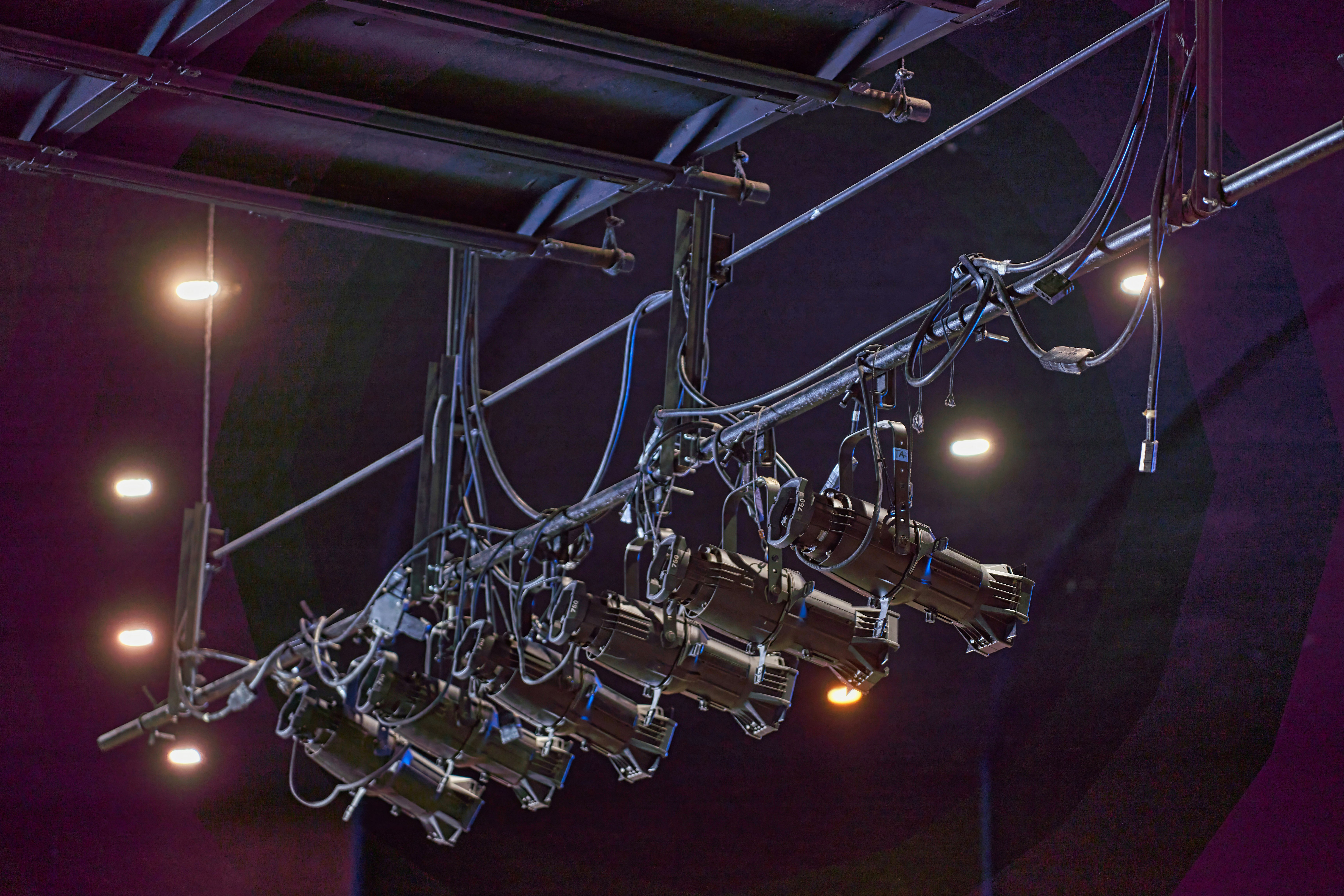The Impact of Bankruptcy on Casual Dining Chains
Explore how bankruptcy is affecting the casual dining industry, with insights into restaurant closures, financial restructuring, and the challenges faced by popular chains.

Photo by Don Starkey on Unsplash
Challenges Facing Casual Dining Chains
Casual dining chains like Bravo Brio, Bertucci’s, and Bar Louie have been grappling with a myriad of challenges that have led to bankruptcy filings and the need for financial restructuring. High operating costs, declining consumer spending, and unfavorable economic conditions have contributed to the struggles faced by these chains. Additionally, the shifting landscape of the restaurant industry, with an increasing emphasis on delivery and changing consumer preferences, has posed additional hurdles for traditional dine-in establishments.
Effects of Bankruptcy on Restaurant Operations
Bankruptcy processes offer struggling restaurant chains the opportunity to close underperforming locations, renegotiate debt agreements, and streamline operational expenses. By filing for bankruptcy, companies can reevaluate their business models, adjust their strategies, and work towards achieving long-term financial stability. While bankruptcy may come with temporary setbacks and closures, it can ultimately pave the way for a more sustainable and resilient operation in the future.
Common Reasons for Bankruptcy Filings
Casual dining chains often cite rising input costs, such as food and labor expenses, as significant factors contributing to their financial distress. Additionally, challenges related to consumer confidence, economic downturns, and unexpected events like the COVID-19 pandemic have further strained the profitability of these establishments. The inability to adapt quickly to changing market dynamics and evolving consumer preferences has also played a role in the financial struggles faced by many casual dining chains.
Industry Trends and Outlook
The casual dining sector is undergoing a period of transformation, with traditional chains facing increasing competition from fast-casual concepts, delivery services, and home meal kits. To stay relevant and competitive, restaurant chains must innovate, enhance their digital presence, and offer unique dining experiences to attract customers. While bankruptcy may signal a challenging time for these establishments, it also presents an opportunity for reinvention and strategic growth. By addressing underlying issues and embracing change, casual dining chains can emerge stronger and more resilient in the post-bankruptcy landscape.